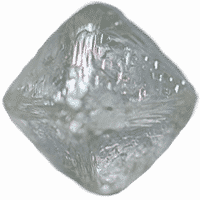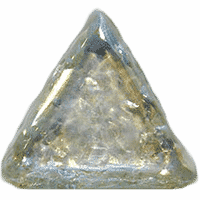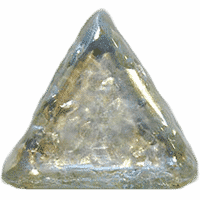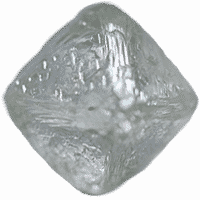Kimberley Process and Earth-Friendly Diamonds
The Kimberley Process
The Kimberley Process concerns Diamond Rough origins: We strictly observe it. All Diamonds (Rough or Polished) presented herein have been mined through our efforts or partnerships, or purchased from legal legitimate sources. All Diamonds are in compliance with United Nations Resolutions and the National Laws of all our Source Countries. This is based on our personal knowledge and/or written guarantees provided by our associates.
Diamond Mining And The Environment Fact Sheet
The formal Diamond Mining Industry constantly strives to strike a balance between its economic, social and environmental responsibilities, while making a positive and lasting contribution to the environment and communities in which it operates. However, there is also a large amount of informal Alluvial Diamond Digging. This is not currently regulated and, therefore, neither is its impact on the environment. This page, as the majority of Diamond Mining is formal, focuses on the environmental impact of Diamond Mining.
The Industry is using modern mining methods to recover Rough Diamonds. It is also using a more clinical approach to the sustainability of mining. Therefore, the impact that Diamond Mining has on the environment is being minimized, while the benefits to the communities and countries where they are found are being maximized. These benefits are particularly true in Africa, where the prudent harnessing of natural resources by governments is one of the fundamental platforms to help countries develop and pull their citizens out of the poverty cycle that blights much of the African continent.
The Diamond mining industry faces environmental challenges.
It must be recognized that mineral extraction, by the very nature of mining, does have the potential to impact the environment when not carefully managed. The key challenge is Land Disturbance. Diamond Mining uses a variety of methods, and some of these involve the removal of large quantities of soil from the earth. However, it must be remembered that it is economically beneficial to recover the greatest amount of Diamonds while moving the least amount of other materials. Therefore Diamond Mines seek to have the minimum sized footprint, and to efficiently move only the necessary other materials (known as waste).
Modern day “best practice” calls for a full review of the plans for removal, storage and return of this topsoil/waste, as well as the environmental impact it will have by allowing the area to return to its previous state.
In addition to land disturbances there are a number of other associated challenges:
- Energy use and emissions
- Waste and recycling
- Use of water
- Impact on Biodiversity
Many other traditional types of resource extraction often involve complex chemical, industrial processes and/or extreme heat. Diamond Mining, however, is quite a green process. The process of Diamond Extraction from hard rock mines and prehistoric dry alluvial locations, as well as underwater dredging extraction, does not use hazardous materials.




